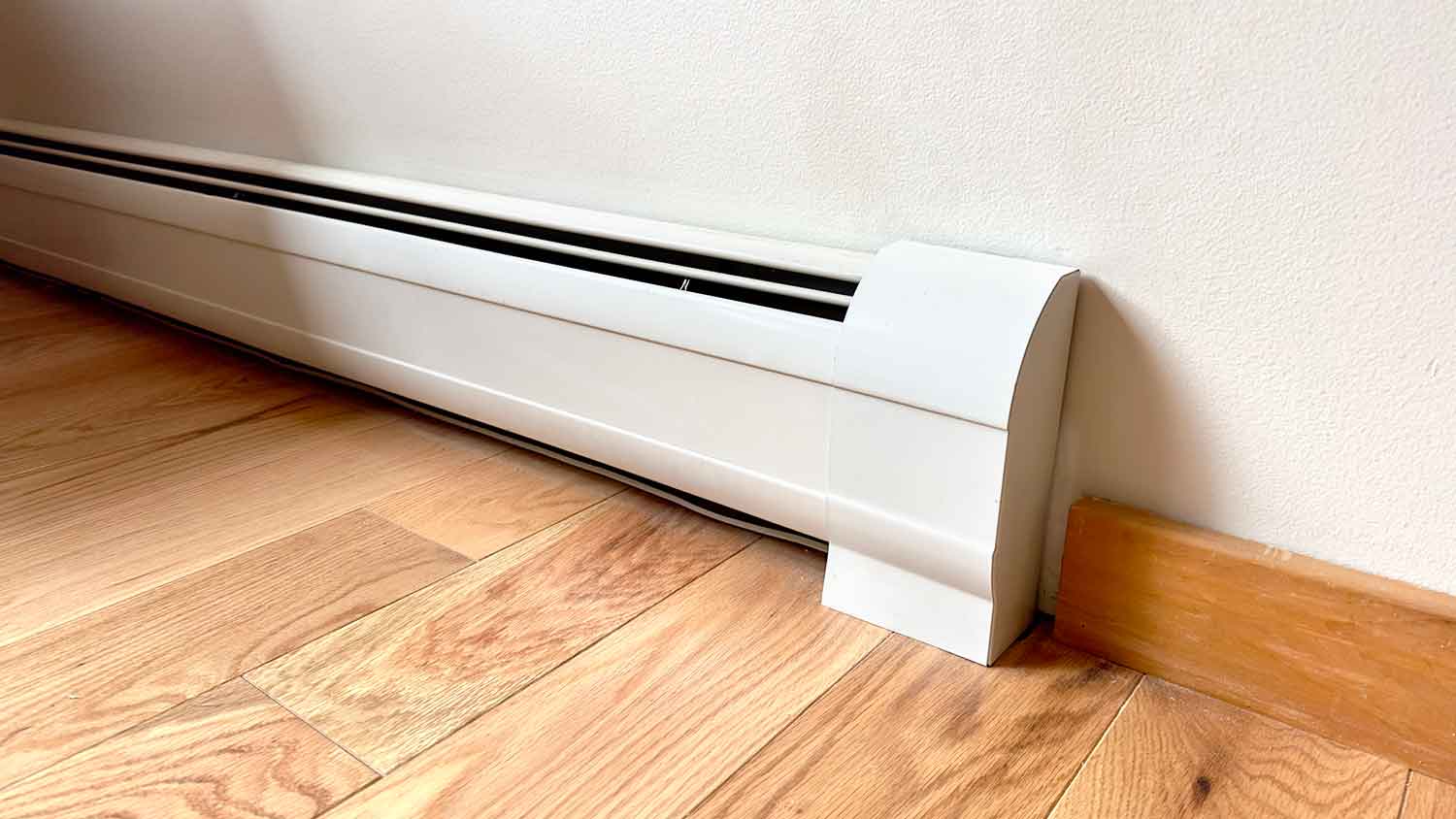
Discover the factors affecting HVAC zoning system cost, energy savings, DIY options, and expert insights. Get informed about your home’s heating and cooling.
Don’t let your furniture throw shade on your baseboard heaters


Place furniture and draperies 6 to 12 inches away from baseboard heaters.
Baseboard heaters are generally safe, if they are maintained properly and used correctly.
Placing furniture too close to baseboard heating can be a fire hazard and damage the heating system.
Obstructions near a baseboard heater can also cause it to run less efficiently.
Placing furniture in front of baseboard heating can impact both heat distribution and, more importantly, household safety. Maintaining proper clearance from a baseboard heater is essential for your family’s comfort and well-being. Let’s cover what you need to know to keep your space warm and your baseboard set-up safe.


There are several reasons why you shouldn’t place furniture too close to a baseboard heater.
Pieces of furniture and other objects increase the risk of fire when they’re placed too close to a baseboard heater. You should place all objects, including fabrics, cushions, or wooden items, 6 to 12 inches away from the heaters. These can easily catch fire when exposed to sustained heat.
Prolonged exposure to heat can cause furniture materials to warp, crack, or discolor. Wood, fabric, and other materials may suffer damage from the direct heat.
When a heater's airflow is blocked, it has to work harder to maintain the desired temperature, leading to increased energy consumption and higher heating costs each month.
An obstructed baseboard heater that can't effectively warm a room can result in cold spots and a less comfortable living space.
Furniture pieces should stay at least 6 inches away from a baseboard heater. This distance allows air to properly circulate around the heater and lowers risk of fire and damage to the item. If a furniture piece must be close to a baseboard heater (for example, if the room is too small to accommodate the distance) consider purchasing heat-resistant stands or pans to lift the piece from the floor and create the necessary distance.
From average costs to expert advice, get all the answers you need to get your job done.

Discover the factors affecting HVAC zoning system cost, energy savings, DIY options, and expert insights. Get informed about your home’s heating and cooling.

The average cost of an electric furnace ranges between $1,700 and $7,000, depending on the size, ductwork, and complexity.

Faulty AC drip pans can lead to pesky leaks and improper home cooling. Find out how much AC drip pan replacement costs for your cooling system.

If your AC is not working after a power outage, you’re not alone. Learn the main reasons your AC unit is having trouble and what to do.

Learn how to troubleshoot a thermostat to understand if a simple and inexpensive DIY fix can get your HVAC unit up and running again.

All interior ducts are assigned an R-value, like R6 or R8, which indicates how well they insulate. Knowing their differences can help you pick the right ducts for your home.